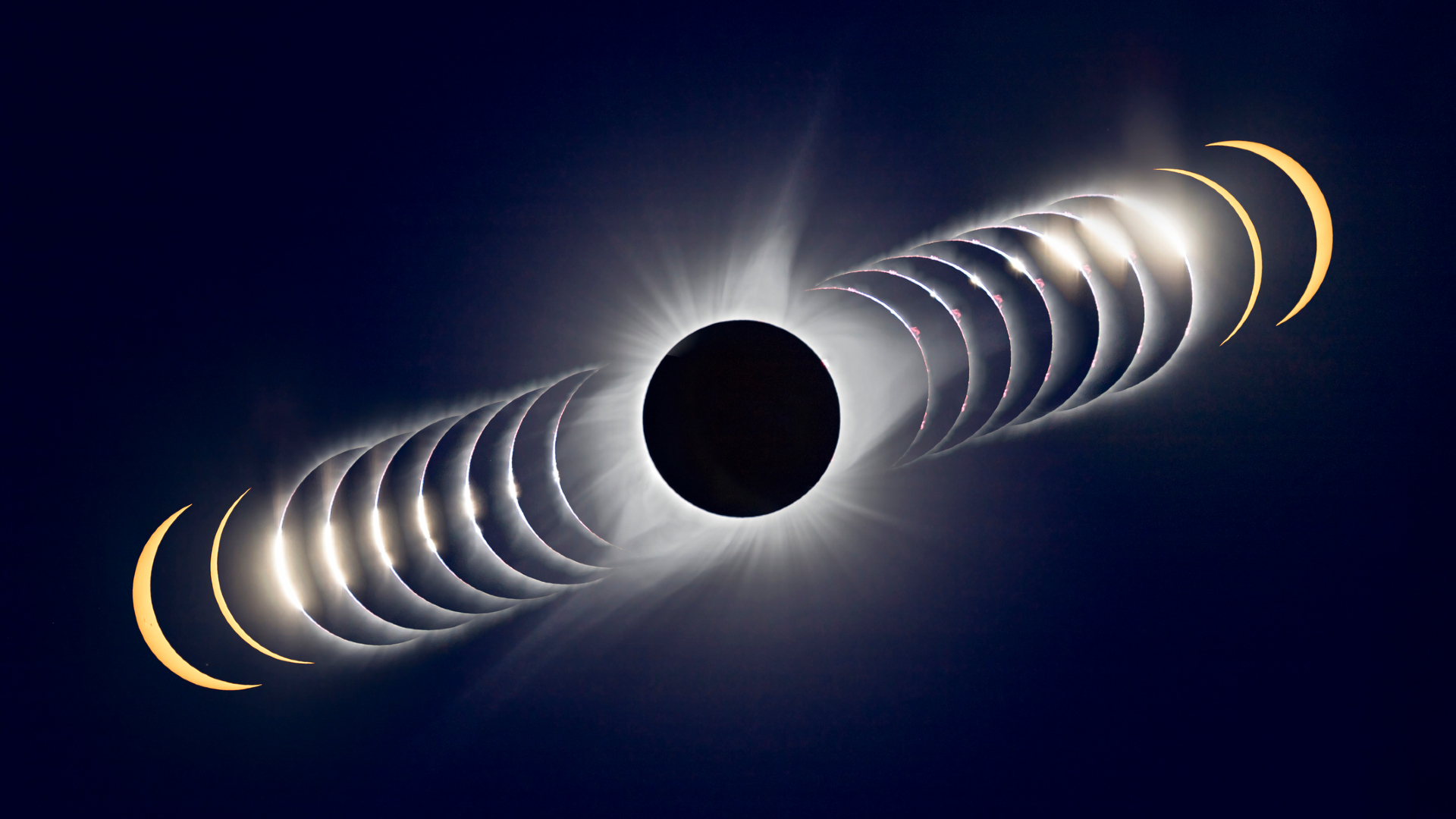NASA considering software fixes for sidelined Hubble Space Telescope
Engineers may turn on one observatory camera next week, depending on how weekend troubleshooting goes.

NASA is considering some software adjustments to the Hubble Space Telescope as the agency continues its effort to bring the sidelined telescope back into service.
The recovery team is now examining hardware that commands the instruments, which forms part of the Science Instrument Command and Data Handling Unit, the agency said in an update Friday (Nov. 5). The iconic space telescope has been unable to perform science observations since its instruments entered a protective "safe mode" in late October.
"Specifically, the team is analyzing the circuitry of the Control Unit, which generates synchronization messages and passes them onto the instruments," NASA stated. The agency is considering changing the instrument flight software to allow it to search for data synchronization messages without falling into a "safe mode." The loss of these messages appears to have been behind the glitch, the agency noted.
Related: The best Hubble Space Telescope images of all time!
The telescope, which has been operating in space since 1990 and was last repaired by astronauts in 2009, entered safe mode on Oct. 25 following a glitch, and cannot perform observations. All instruments are healthy as the investigation continues, the agency noted in a Tuesday (Nov. 2) update.
The telescope is not intended to be serviced in-person again, as the set of space shuttles that used to fly periodically to the telescope for repairs were retired in 2011 after the program had 30 years of operations. Investigators are thus working to help Hubble at a distance. "Workarounds would first be verified using ground simulators to ensure they work as planned," NASA added in the update.
The software changes, if they happen at all, will happen once the Hubble team looks at control unit design diagrams, data from the lost messages, and the range of potential instrument software changes that could address the problem.
Breaking space news, the latest updates on rocket launches, skywatching events and more!
Parallel to the rescue effort, Hubble team members are trying to collect data from the observatory's cameras and instruments. During the Oct. 30 weekend, the team turned on parts of the Near Infrared Camera and Multi Object Spectrometer (NICMOS) instrument, "allowing the team to determine how frequently this [data synchronization] problem occurs," NASA stated. NICMOS was recovered Monday (Nov. 1) and since then, no further data synchronization messages were lost, the update said.
Next, Hubble engineers are working to recover Hubble’s Advanced Camera for Surveys (ACS) instrument, with an aim to begin gathering science again at the beginning of next week. A final decision will come Sunday (Nov. 7) after the agency analyzes the data. ACS was selected as the best instrument to try first, as it is the least likely to induce stress on the observatory, NASA said.
"If a lost message is seen before then, the decision to activate ACS will also be revisited," NASA noted, saying the plan to return instruments for full service is still evolving. "The team is proceeding cautiously to ensure the safety of the instruments and avoid additional stresses on the hardware," the agency added.
Follow Elizabeth Howell on Twitter @howellspace. Follow us on Twitter @Spacedotcom and on Facebook.

Elizabeth Howell (she/her), Ph.D., was a staff writer in the spaceflight channel between 2022 and 2024 specializing in Canadian space news. She was contributing writer for Space.com for 10 years from 2012 to 2024. Elizabeth's reporting includes multiple exclusives with the White House, leading world coverage about a lost-and-found space tomato on the International Space Station, witnessing five human spaceflight launches on two continents, flying parabolic, working inside a spacesuit, and participating in a simulated Mars mission. Her latest book, "Why Am I Taller?" (ECW Press, 2022) is co-written with astronaut Dave Williams.
